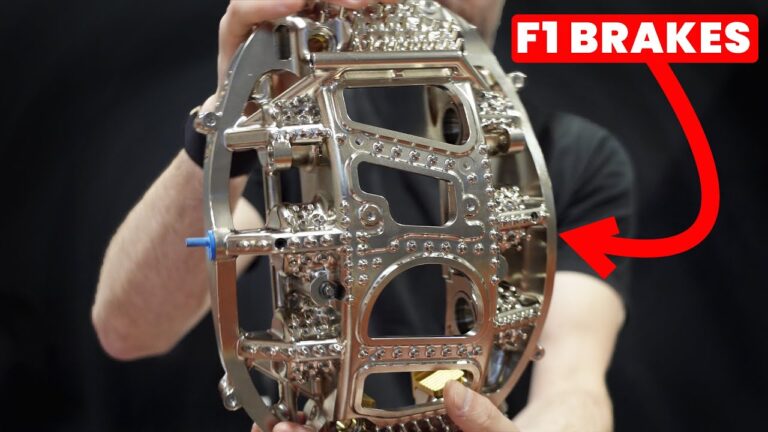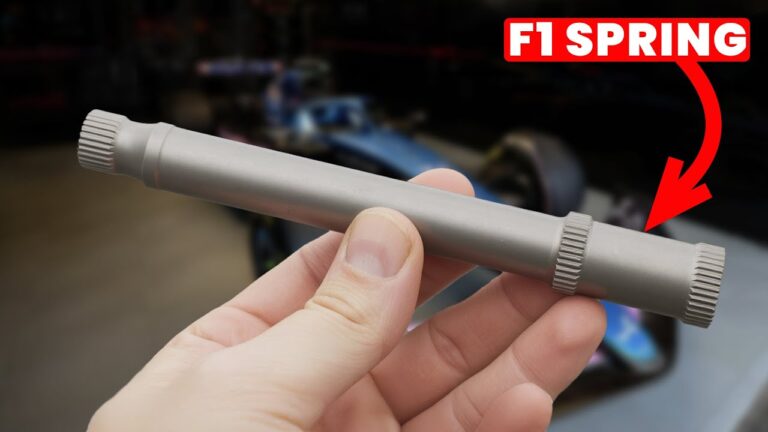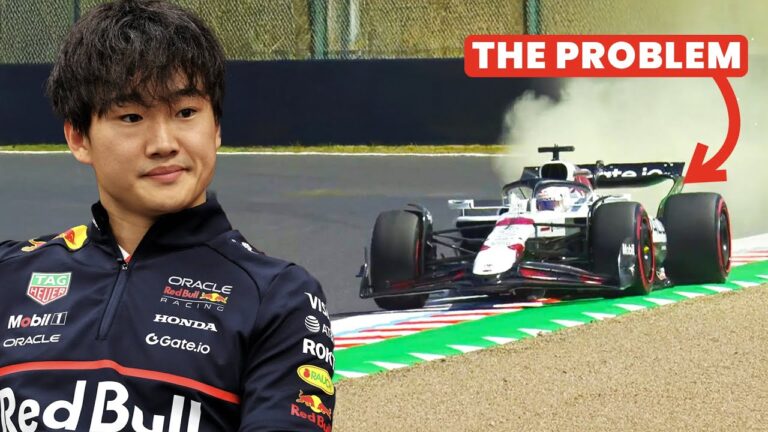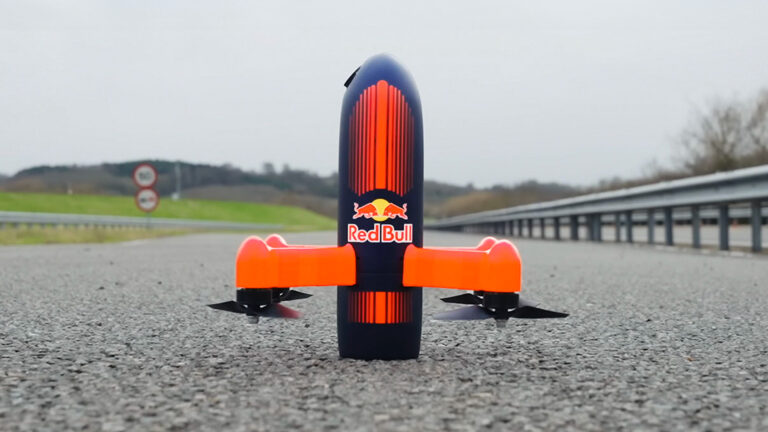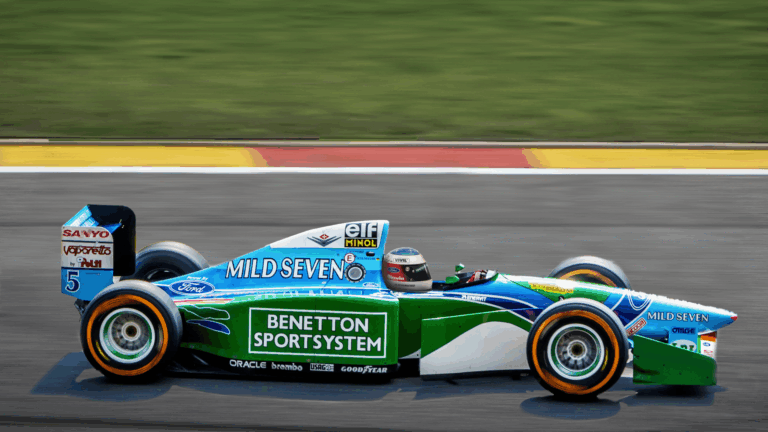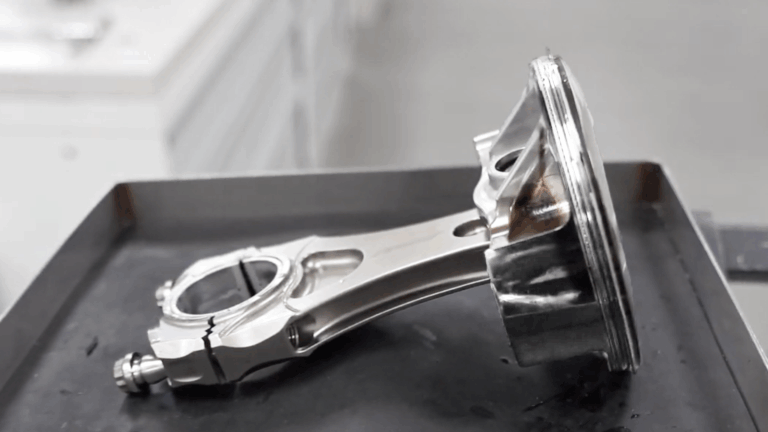“Protest us.” That was McLaren’s response when Red Bull suggested they might be using water cooling to maintain perfect tyre temperatures. When a team responds with that level of confidence, you know they’ve found something special, and the otehr teams haven’t. Yet.
As a racing driver, I’ve experienced firsthand how crucial tyre temperature is. You feel it immediately – that perfect window where the tire gives you maximum grip, responds precisely to inputs, and maintains consistency lap after lap. Get this wrong by just a few degrees in either direction, and you’re either sliding around destroying your rubber or lacking grip altogether.
McLaren has clearly mastered this delicate balance, and it’s giving them a massive performance advantage over their rivals. But how are they doing it? Let’s dive into what could be their secret weapon: phase change materials.
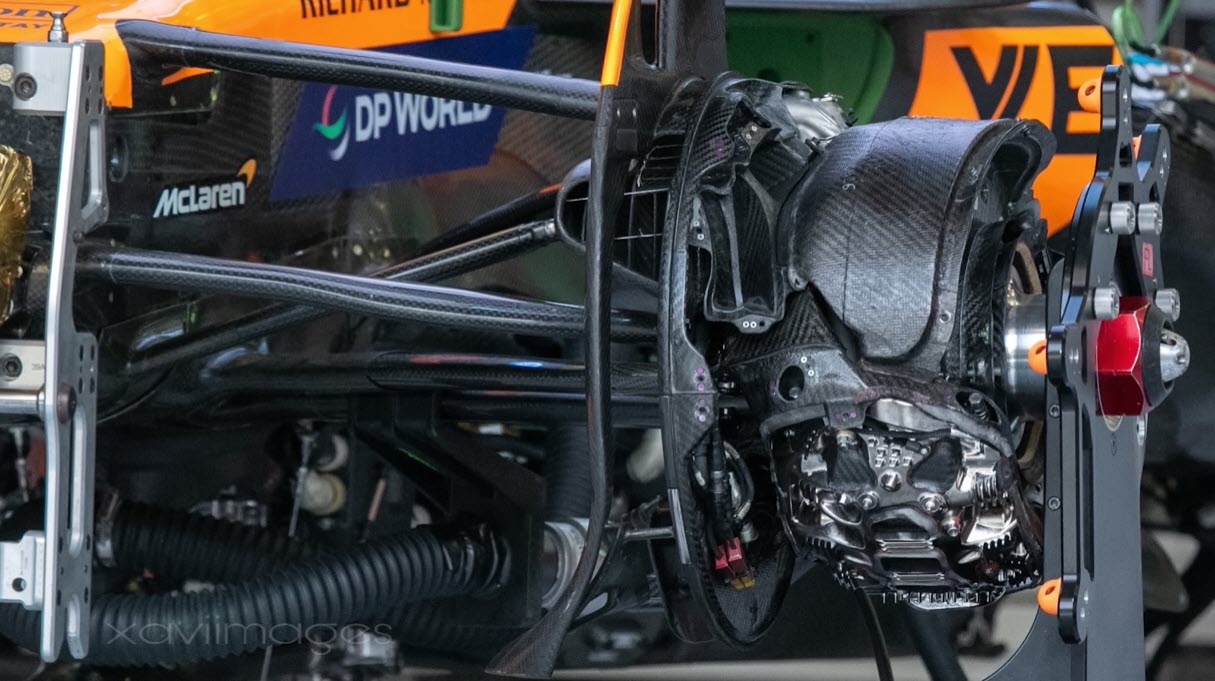
The Narrow Temperature Window Problem
Formula 1 rubber operates in an incredibly narrow temperature window – typically just 10-15°C wide. Below this range, grip is compromised; above it, the rubber overheats, causing excessive sliding that generates even more heat in a vicious degradation cycle.
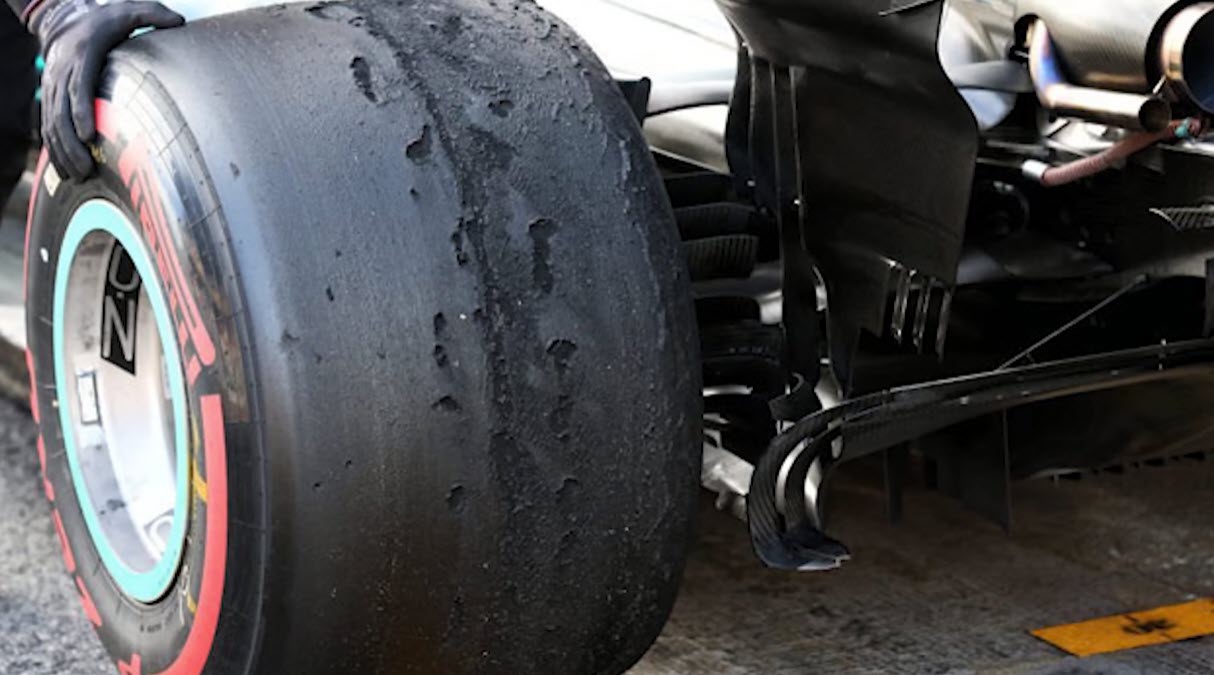
Most teams – including Red Bull, Mercedes and Ferrari – can get their tyres up to temperature quickly for qualifying, but during a race, they struggle with overheating, particularly on abrasive circuits or in hot conditions.
McLaren, however, has found a way to maintain optimal tire temperature lap after lap. Toto Wolff admitted as much when he said:
“McLaren have demonstrated their superiority on every tyre type. We have a similarly fast car to them only on one lap. McLaren can reproduce that every lap.”
That consistency is worth tenths of a second per lap over a race distance – a serious advantage in modern F1.
What Are Phase Change Materials?
The secret likely lies in something called phase change materials (PCMs). These are specialist materials that absorb or release large amounts of thermal energy when they change state (like from solid to liquid), all while maintaining a constant temperature.
Think of an ice cube in your drink. It absorbs heat while staying at exactly 0°C until it’s completely melted. This is precisely the physical property that makes PCMs so useful for temperature regulation.
As Martin Butchin, a former McLaren engineer who wrote his thesis on this technology, explains:
“If materials don’t change their phase, they just keep getting hotter and hotter. But when reaching the melting point of one material, they need to absorb a lot of heat for the melting process, which means they keep the same melting temperature for longer and absorb a lot of heat.”
These materials act as “magic temperature sponges” – they soak up heat without getting any hotter themselves once they reach their melting point.
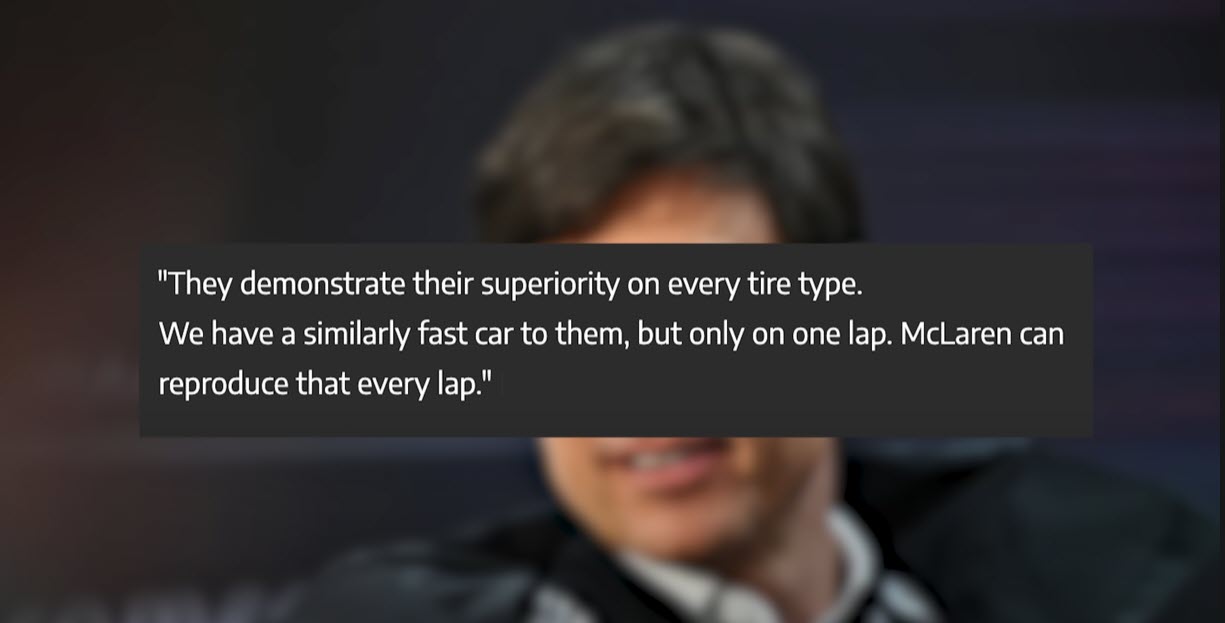
The Heat Transfer Challenge in F1
To understand why this matters, we need to look at how heat transfers through an F1 car’s wheel assembly.
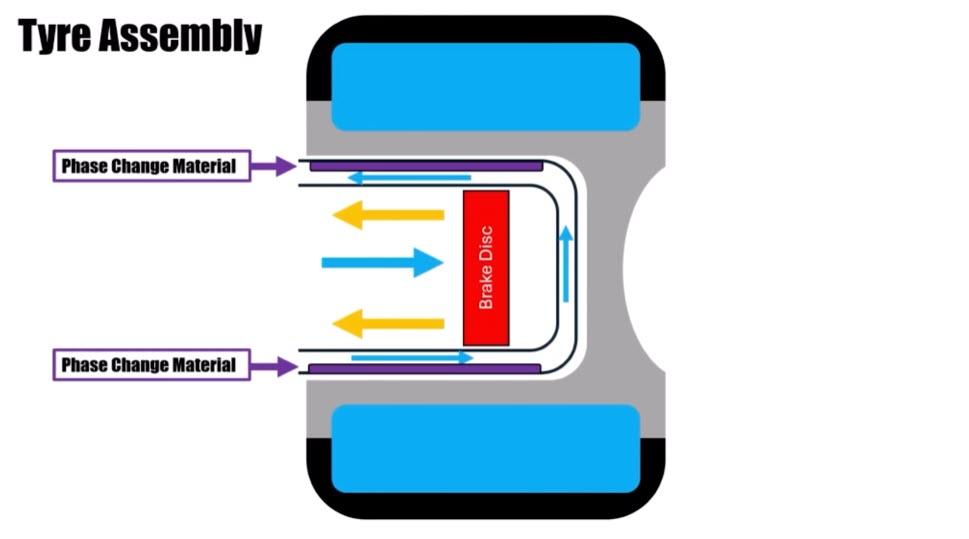
F1 brakes generate enormous temperatures – regularly exceeding 1,000°C in heavy braking zones. This heat transfers through the wheel assembly into the wheel rim and consequently, into the tyre, significantly affecting both tyre temperature and pressure.
Teams use brake ducts to channel air for cooling, with different pathways cooling the brake discs, calipers, and wheel drums. The wheel drums are particularly important as they’re closest to the rim and directly influence the temperature of the rubber.
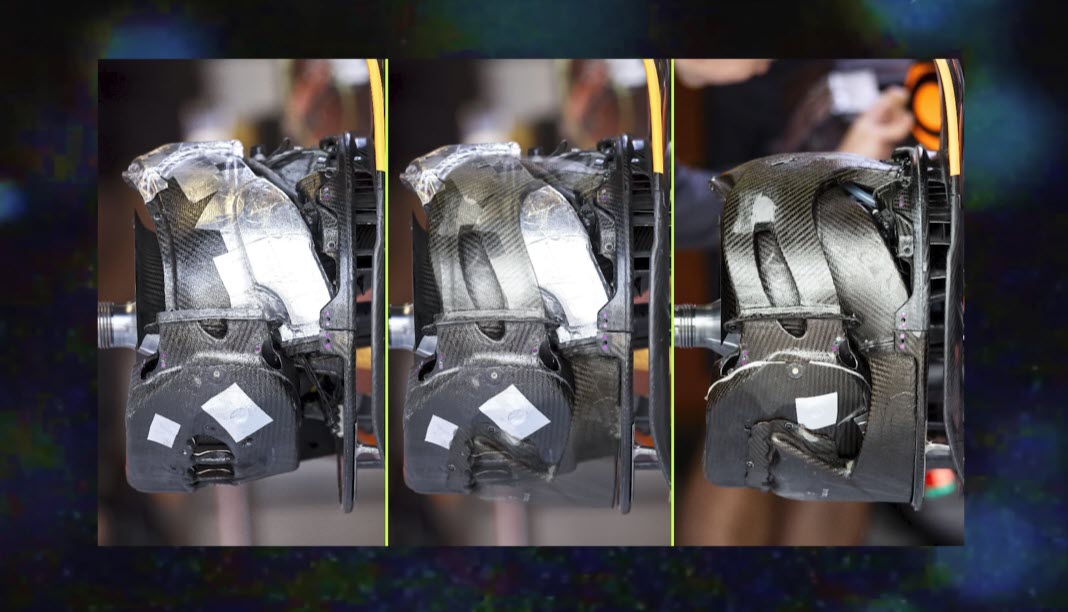
How McLaren Might Be Using Phase Change Materials
Based on Butchin’s expertise and the thermal imaging evidence Red Bull claims to have, McLaren appears to be lining the inner surface of their wheel drums with phase change materials specifically selected to melt at the exact temperature of the optimal tyre window.
“One of the most important surfaces here is the drum surface because this is the one closest to the rim of the car,” Butchin explains. “It would make sense to include this phase change material on the inner side of the drum surface.”
This creates a thermal buffer zone that prevents excessive heat from the brakes reaching the rubber. When brake temperatures increase rapidly during heavy braking, the phase change material begins to melt, absorbing that heat energy without allowing the temperature to rise further. When the brakes cool during lighter sections of the track, the material solidifies again, releasing stored heat gradually.
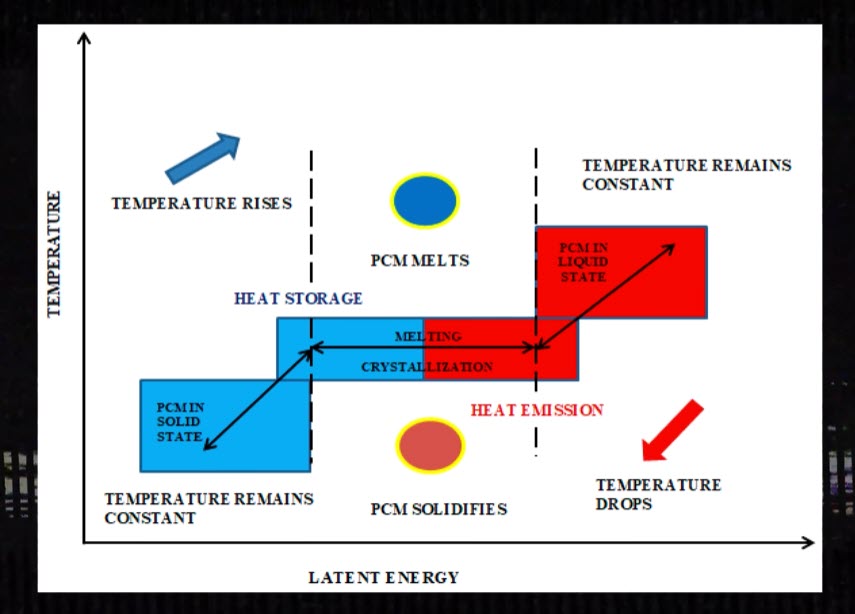
The beauty is that teams can select different materials to melt at specific temperatures:
“You can adjust this phase change temperature by the material you’re choosing. If you say ‘I want to have the transition temperature at 80°C,’ I choose this material. If I want it at 120°C, I choose a different material.”
This allows McLaren to maintain their tyre temps precisely in that ideal 10 to15°C temperature window, irrespective of track conditions, ambient temperature, and driving style.
Red Bull’s Suspicions and McLaren’s Response
Red Bull’s suspicions stem from thermal imaging, which reportedly shows cold spots on McLaren’s rear brake drums while rivals’ drums burn orange and red under similar conditions.
Christian Horner suggested they had proof McLaren was using water cooling, which would be a serious accusation in F1’s tightly regulated technical environment.
McLaren’s response was pure F1 politics. Andrea Stella challenged Red Bull to formally protest if they had legitimate concerns, while Zak Brown appeared on the Miami pit wall with a water bottle labeled “tyre water” – a cheeky bit of trolling that showed how seriously McLaren was taking these allegations.
Why Other Teams Can’t Simply Copy This Technology
While phase change materials aren’t new technology (they’re used in everything from EV batteries to home insulation and temperature-regulating clothing), implementing them effectively for F1 isn’t straightforward.
Selecting the perfect phase change material requires specialised materials science capabilities and extensive testing to identify the exact transition temperatures needed for F1 tyres across different compounds and track conditions.
Butchin notes:
“From a design point of view, it’s easy to design, but you need a lot of experience to make something like this work.”
What This Means for the Championship
McLaren’s advantage explains why they’ve been so competitive across different track layouts and conditions this season. On circuits where tyre management is crucial – like Barcelona, Silverstone, or Suzuka – this technology could give them a decisive edge.
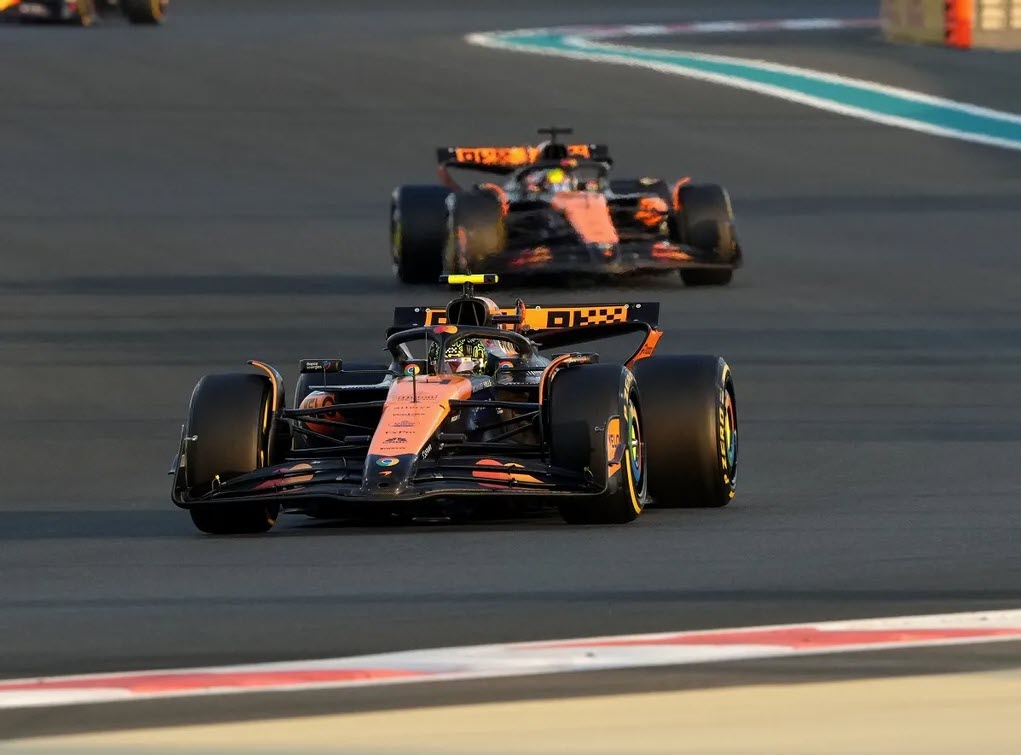
The real question now is whether the FIA will take a closer look at this technology. Is it within the spirit of the regulations? Technically, there’s nothing in the rulebook prohibiting phase change materials. It’s not active cooling, requires no electronics or moving parts, and doesn’t use any prohibited substances.
But as with any significant performance advantage in F1, if one team finds success with an innovation, the others will be quick to follow – once they figure out exactly how to implement it effectively.



